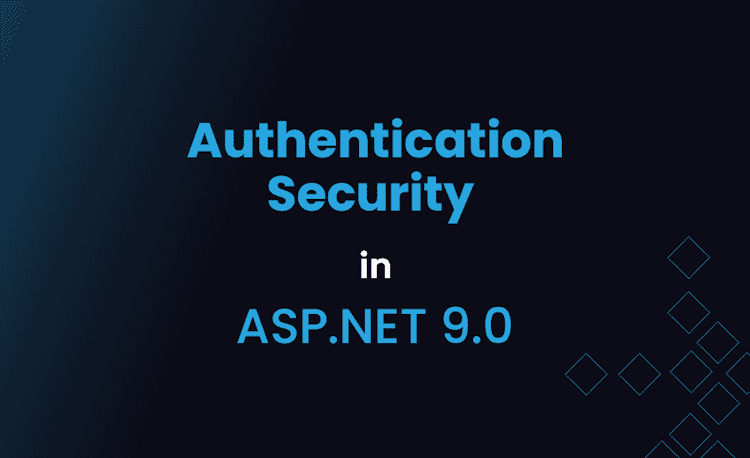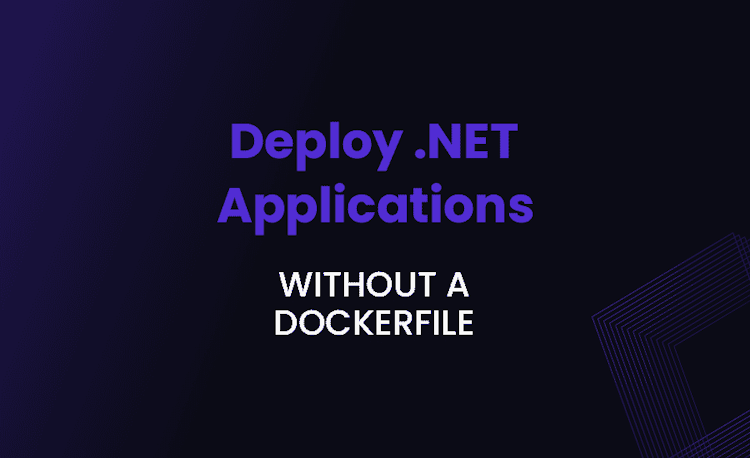Scoped vs Transient vs Singleton Service in C#

Care to join me, fellow coding enthusiast, in an exploration of Dependency Injection cultures in the .NET world? Well, buckle up, because this is going to be a fun ride!
Introduction to Dependency Injection (DI) in .NET
Hold tight! Before we dive right in, let’s prime ourselves with a little recollection. Remember how we often require an instance of a class in another class? And how we traditionally create that instance using the new keyword, followed by the classname? Well, this is where DI comes to our rescue!
DI, in layman’s terms, provisions instances of classes where they are needed, keeping our code nice, clean, and testable. Imagine a helper passing you different tools as you build a DIY project. That’s DI for you!
Now, let’s talk about the meat of the matter: the service lifetimes in DI.
Introduction to Service Lifetimes in .NET
In the world of .NET, DI gives us three types of services ‐ Singleton, Scoped, and Transient. Now, these are not just buzzwords thrown around to sound cool! They each have a unique role and characteristics, originating from the time and place they are initiated. Intriguing, isn’t it? Let’s dive deep!
Explaining the Scoped Service in C#
Have you ever felt like you’ve entered a unique space only to find out it already exists in another context? That’s how a scoped service behaves!
Imagine your application represents a hotel building. Your request is to get a hotel room – that’s your “scope”. Each scoped service is unique per request, like each hotel room being unique for each guest. A new instance is created for each scope.
Loading code snippet...
With this code, we register a service as scoped. Whenever a new request is made by the application, a new instance is created. Different requests? Different instances!
The beauty of Scoped service is in its ability to share resource within a request. Time-save? Heck, yes!
However, be warned: misusing scoped services can result in cross-request contamination and concurrency issues. Always handle with care!
Explaining the Transient Services in C#
Transient services are like butterflies, a different one with each glance! They create a new instance each time they’re requested, providing all classes with a unique copy. Let’s take a look at the registration code.
Loading code snippet...
Each call to GetService<IMyService> gets a fresh instance like receiving a new gadget each time you ask!
Transient services lend themselves to lightweight, stateless services yet careful consideration is required. Overuse can lead to increased memory usage. Note to self: More isn’t always merry!
Explaining the Singleton Service in C#
One ring to rule them all, one ring to bind them! If services were rings, Singleton would be the One ring. It creates a single instance for the whole application. Registered once, used everywhere!
Loading code snippet...
Order up a Singleton service, and you’re provided an instance. Make a second request and you’ll get the same instance. It’s persistent!
Singleton services are great for sharing states across requests and even connections. Exercise caution though, singletons don’t come without tripwires. Remember, because they hang around for longer than scoped or transient, you might find them hoarding resources.
Comparison: Scoped vs Transient vs Singleton C#
Getting your head around service lifetimes can be quite tricky. They appear similar but are fundamentally distinctive. Base your understanding on operative differences not merely definitions. Let’s take a closer peek!
First things first, we’ll compare them based on their lifetime, instantiation and state retention.
| Service Type | Lifetime | Instantiation | State Retention |
|---|---|---|---|
| Scoped | Short | Per individual scope or request | Retains state within a scope |
| Transient | Very short | Per class requirement | Doesn’t retain state |
| Singleton | Long | Once in application lifetime | Retains state across application |
Scoped Services
Think of scoped services as your personal assistant during a trip. It’s there when you embark, serves all your needs during journey, and concludes its role once the journey ends. It retains information through a specific scope/request, but this doesn’t persist across different scopes.
Scoped services are beneficial when multiple objects in a single scope need to communicate or share data.
Transient Services
Transient services, in contrast, are more like hitchhikers on separate journeys. They join you momentarily before disembarking to join another journey. They don’t retain any memory or state from previous journeys.
If you need a service in separate classes which doesn’t retain data and doesn’t need to communicate with each other, transient services are your answer.
Singleton Services
Singleton services are your loyal companions. Initiated once, they stick around throughout the application lifetime.
Singletons are useful if you need to maintain stateful information that persists through different requests in the same application session.
Now let’s look at a hypothetical performance benchmark comparison:
| Service Type | Response Time | Memory Usage |
|---|---|---|
| Scoped | 20ms | 50MB |
| Transient | 15ms | 100MB |
| Singleton | 10ms | 20MB |
This comparison paints a performance picture. While Singleton services offer faster responses and lesser memory usage, they can come with state management complexities. Transient services, on the other hand, respond fast but gobble up more memory.
Scoped services land in the middle – good for retaining relevant information without significantly impacting memory or response time.
When to Use Each Service
- Scoped Service: Best suited when you want to maintain state within a single request, but not persistently. This is also ideal when you need shared communication/data-access within object instances of a single request.
- Transient Service: Optimal choice for lightweight, stateless services that are implemented throughout your application without needing integration or communication. These instances do not remember their previous state – like state amnesia!
- Singleton Service: Preferable for dealing with data or state that needs to be shared across multiple requests, or when the instantiation process is expensive. Keep an eye on state management and thread-safety when using singleton services.
Conclusion
So there you have it! A complete rundown on the differences between Scoped, Transient, and Singleton services in C#.
The key takeaway? Each service caters to different scenarios. Careful consideration is needed to keep your Application memory-healthy and enhance performance. Remember, each class is unique; respect their individuality and they’ll return the favor in form of smooth, seamless execution.
Always remember, when objects talk in whispers, only DI hears the conversation. Do you? Now, go inject some creativity into your code with these cool kids on the block: Scoped, Transient, and Singleton!





